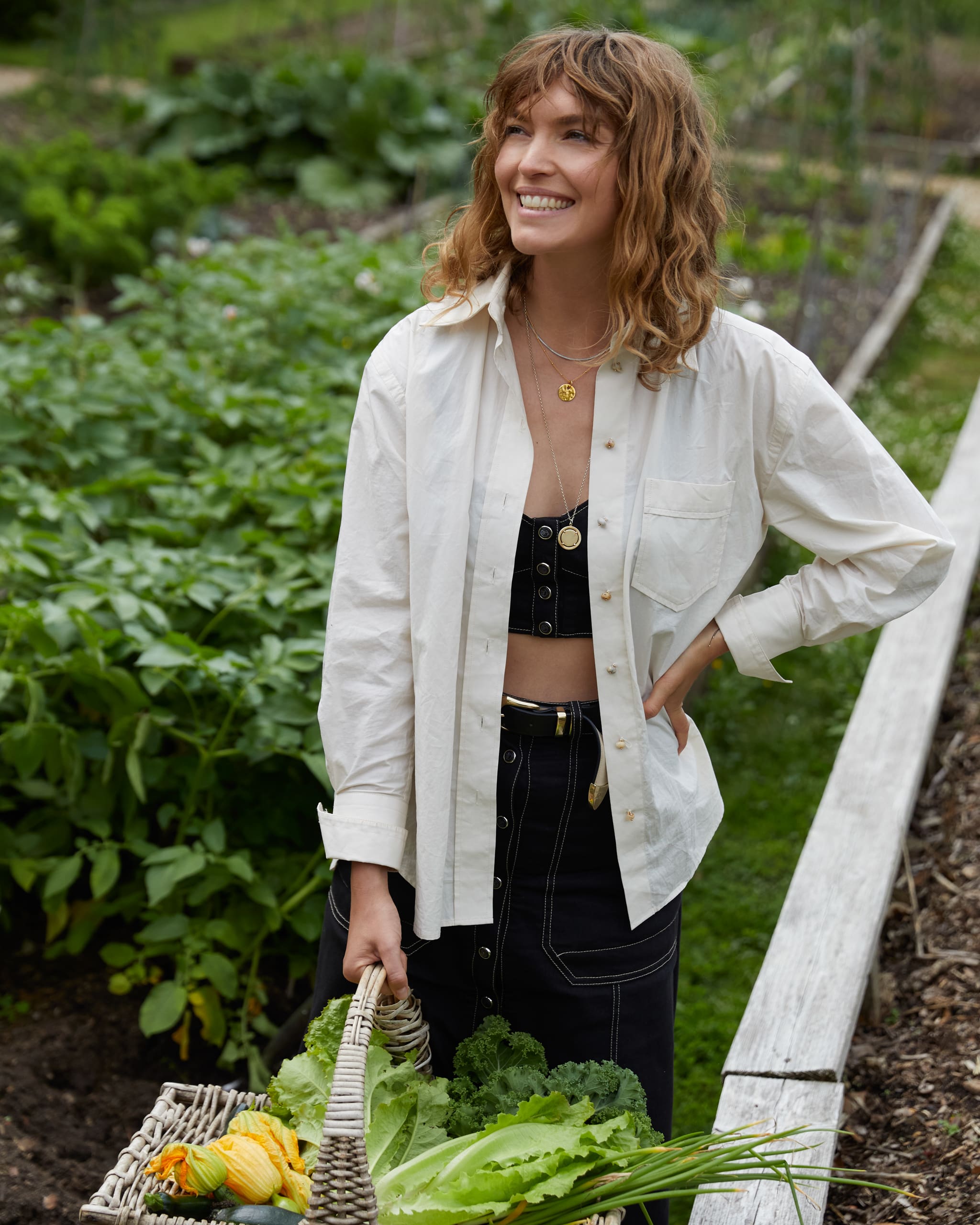Photo by Helene Sandberg
The model and activist is on a mission to help clean up fashion and regenerate the Earth through her charity DIRT.
“Who grew my clothes?” It’s a question that model Arizona Muse has been asking a lot. After years spent on catwalks all over the world and having her photograph taken for some of the world’s biggest brands by some of the world’s most well-known photographers, she realized that she had no idea where the clothes she was wearing actually came from.

Posing a Question
It’s a bright London morning and I’m enjoying coffee with Simona Valuckaite in one of the city’s members clubs when Arizona walks in. Full of warmth on a chilly day, she grabs a chair and says that she just had to join us despite her busy schedule. The three of us are together to talk about DIRT, the charity that Arizona launched and for which Simona is Head of Operations.
In recent years, environmental conferences, discussions on sustainability, and biodynamic farming have taken over photoshoots and fashion shows on Arizona’s packed calendar. Her professional priority has turned to DIRT and its mission of regenerating Earth through biodynamic farming, which is considered the most sustainable form of agriculture. She says, “I’m really grateful because modeling gave me a lot of things – some financial freedom and some notoriety within the fashion sector. With those two things I am able to, I hope, create quite a lot of change.”
Proclaimed by Anna Wintour as the new face of American fashion early in her career, Arizona has fronted campaigns for Prada, Louis Vuitton, Fendi, and Chopard, and signed massive beauty contracts for Chanel and Estée Lauder. The number of times she’s appeared on the cover of Vogue runs in the double digits. Her career accomplishments read more like every model’s wish list. But as the saying goes, be careful what you wish for.
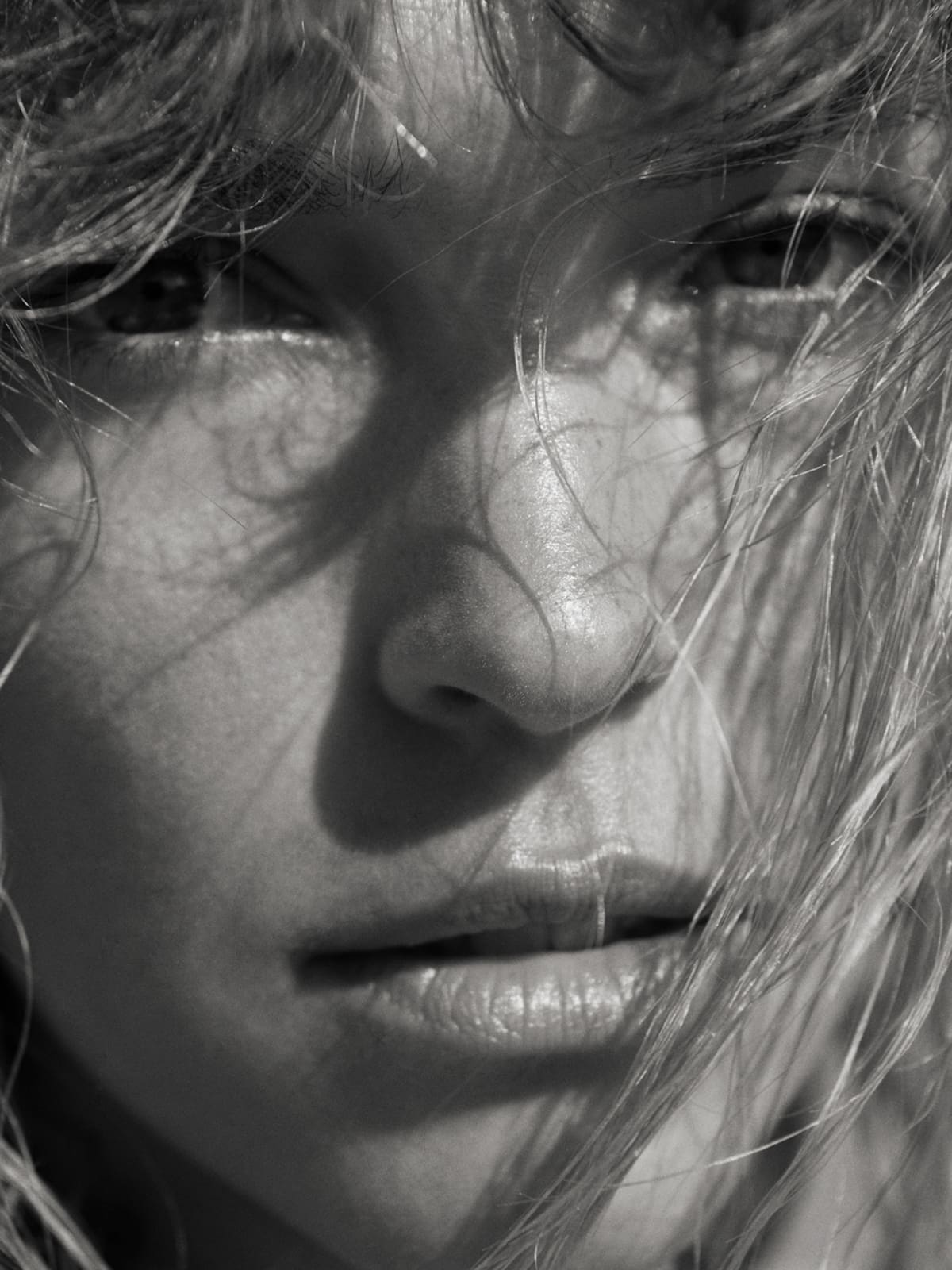
Concealed by the flashing lights and unseen in photographs was her internal struggle. She candidly shares, “I think it’s easy to assume that models see their own picture and go, ‘Oh that looks so beautiful.’ But I can tell you, from my experience, it’s the opposite. We criticize our own image, we only see the details and the faults, until we hate looking at ourselves.” She continues, “It made me completely obsessed with myself physically and in no other way because everyone’s only looking at you physically. It leaves you with absolutely no brain space to think about anything else.”
What she describes as an excruciating pain from obsessing over her physical self was only alleviated when she found her passion for the environment. “I had a very boring life mentally with no curiosity. I didn’t know what I could think,” she admits. All that changed when she asked the simple question of where her clothes came from. She says, “My brain woke up. It was like surfacing above water. I could suddenly stop thinking about myself, my body, and my face. It was absolutely amazing.”
Growing in DIRT
When Arizona asked where her clothes came from, she found her answer in soil. Much like food, though not nearly as obvious, our clothes, our beauty products, and so many things we use on a daily basis come from the Earth and are grown by farmers. Whether its clothing made from natural fibers that are farmed on soil or synthetic fabrics made of petrochemicals that are mined from soil, all clothes can be traced back to the ground. “Crop top” suddenly has a whole new meaning. She says, “We as a fashion industry are not paying attention to where we grow our clothes. Nor are we very aware that our clothes are even grown by farmers.”

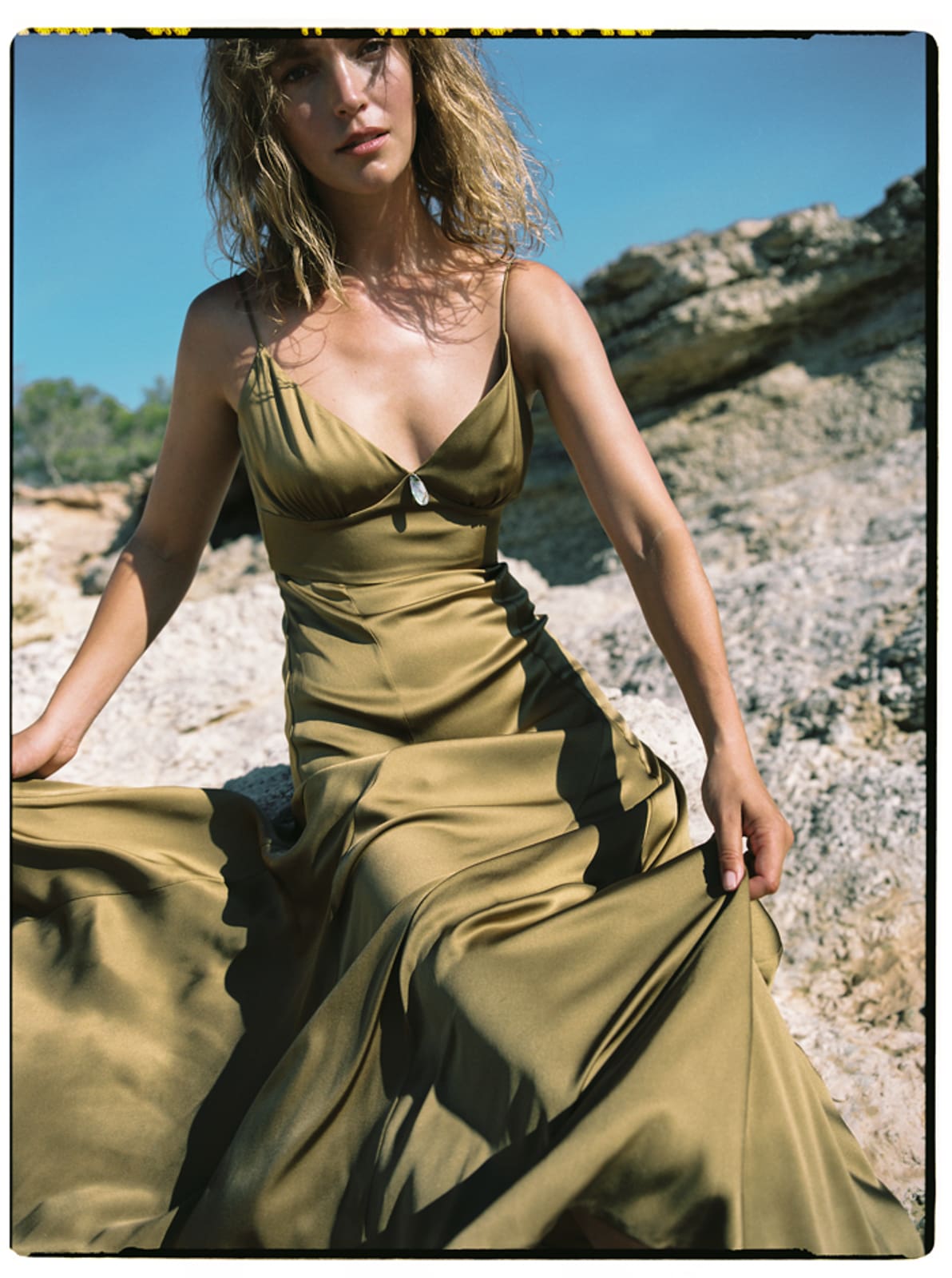
After digging deeper, not only asking where her clothes came from but what kind of impact they had, she began to learn what she describes as life-changing information. Her eyes were opened and she never looked back. But what she couldn’t see were actual solutions that would transform fashion into an industry that doesn’t harm our environment. It was out of her own necessity and that of our planet’s that Arizona launched DIRT. Reenergized with a new purpose, Arizona shifted her career upon the realization that DIRT is needed not only because our clothes are grown on soil but because regenerating soil globally is what will help save us in the face of climate change.
Between the bustling London streets, Arizona and Simona radiate calm excitement and obvious passion as they share how DIRT has been supporting farmers and how their small but mighty team has been working hard to grow the biodynamic farming movement globally. You’d think they were talking about a new jacket as they explain how it’s dark, fluffy, and giving life. But what they’re actually talking about is the effect of biodynamic farming on the quality of soil. While the fashion and food industries look to all things organic, organic farming actually stems from biodynamic agriculture. Arizona says, “Biodynamic farming offers the opportunity to grow everything we need for all industries in soil that’s saving the world billions of microorganisms at a time.” This is why DIRT is helping to harness the power of all industries, not just fashion, to get behind biodynamic farming as a nature-based solution to climate change.
It becomes obvious that DIRT’s commitment to biodynamic farming is about so much more than just agriculture and its ties to fashion. More than regenerating soil and fighting against climate change’s ticking clock, biodynamic farming involves social renewal and personal development. It’s also about how we as individuals connect to the Earth beneath our feet, to those around us, and the universe beyond us. Biodynamic farming doesn’t only go deeper, it goes further beyond.
From Arizona to the Philippines
Just like with modeling, Arizona’s career as an environmental activist transcends borders. She enthusiastically talks about a reforestation project DIRT is supporting in the hills of Palawan through Koberwitz 1924, a company founded and led by a German and Filipina couple named Walter and Grace Hahn. These days, Arizona is just as likely to work with photographers as she is with farmers.
Determined to turn the spotlight to farmers and away from herself, Arizona introduces me to Walter and Grace so I can learn about what they’re doing in my own backyard. She tells me that the couple are a big part of the global biodynamic farming movement. They’ve clearly left an indelible impression on Arizona, who feels a strong connection to the work they’re doing, especially in the Philippines. It’s no surprise why.
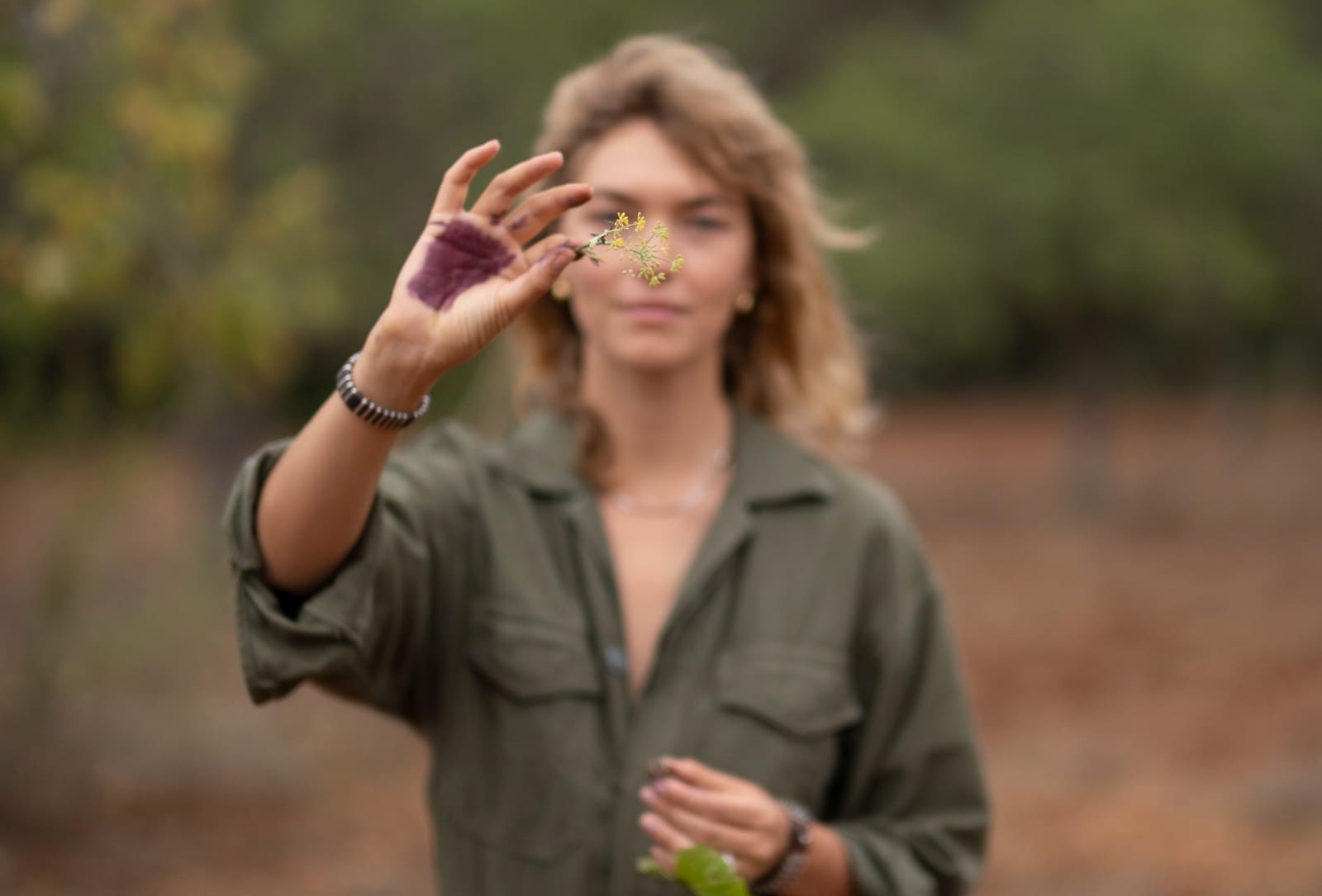
Getting straight to the point, Walter tells me, “We decided to move to Palawan and practice biodynamic farming here because first of all, this place is a special gem on Earth.” Grace continues, “There’s huge biodiversity here and there’s a lot to be lost still.” I understand what she doesn’t continue saying. There’s a lot to be lost still if we don’t do anything now.
Since moving to Palawan over a decade ago, Walter and Grace have witnessed the changes in that gem. They’ve been on an uphill battle – literally and figuratively – farming, reforesting, making every effort towards what they refer to as a mission of peace between man and nature. Part of that herculean mission has been the development of what they explain to me as a farm organism. Rather than looking at individual plants and animals that comprise a farm, biodynamic farming considers an entire farm as one organism. Biodynamic preparations are then specifically made for the indigenous plants and animals that will revitalize the land, nourish the farm, and enrich its biodiversity. Walter explains it to me simply, saying, “Like a person has a brain, heart, limbs, blood, senses, so too do farms.” Everything must belong and function together to be healthy. When it comes to their own farm, which has become an exemplary model for other local farms, Walter and Grace are clearly the beating heart at the center of it all.
What Walter and Grace are doing in Palawan is so much more than local farming. True to the holistic principles of biodynamic farming, hand in hand with agriculture, the couple’s areas of work also involve health, nutrition, and education. Along with reforestation and farming projects, Koberwitz 1924 is creating education opportunities for both children and adults. They provide vital know-how and age-appropriate information that too many local citizens have not had access to. Walter says, “It’s about helping everybody develop and become their fullest selves.” With a quiet wisdom, he continues, “We’re outposts from the future. We have to understand that what we see, that’s a given. It’s just that other people don’t see it yet.”
Care Instructions
Answering my ringing phone a few days later, I’m greeted by Arizona and the unmistakably loud sounds of the city in the background. It seems she’s running between appointments. A model who can no longer just stand still. When I ask her if she still does a lot of campaigns and photoshoots, she tells me that she now turns down most of the work suggested to her, refusing to work with businesses that are causing tremendous harm. She clarifies, saying, “I’m okay to work with businesses that are not perfect because we all need to encourage each other to transition but I’m not okay with ones that haven’t even started yet.” Her no comes with critical feedback. She determinedly says, “I use it as a moment for activism. I want them to know that the reason is actually environmental, social, and related to sustainability. It’s not some superficial reason.”
While it’s not superficial, it’s still rather simple. Arizona plainly says, “To be sustainable means to care. To be sustainable means to care about the future, to know your actions mean something.” Now a full-time activist and part-time model, it’s clear that she cares a whole lot.
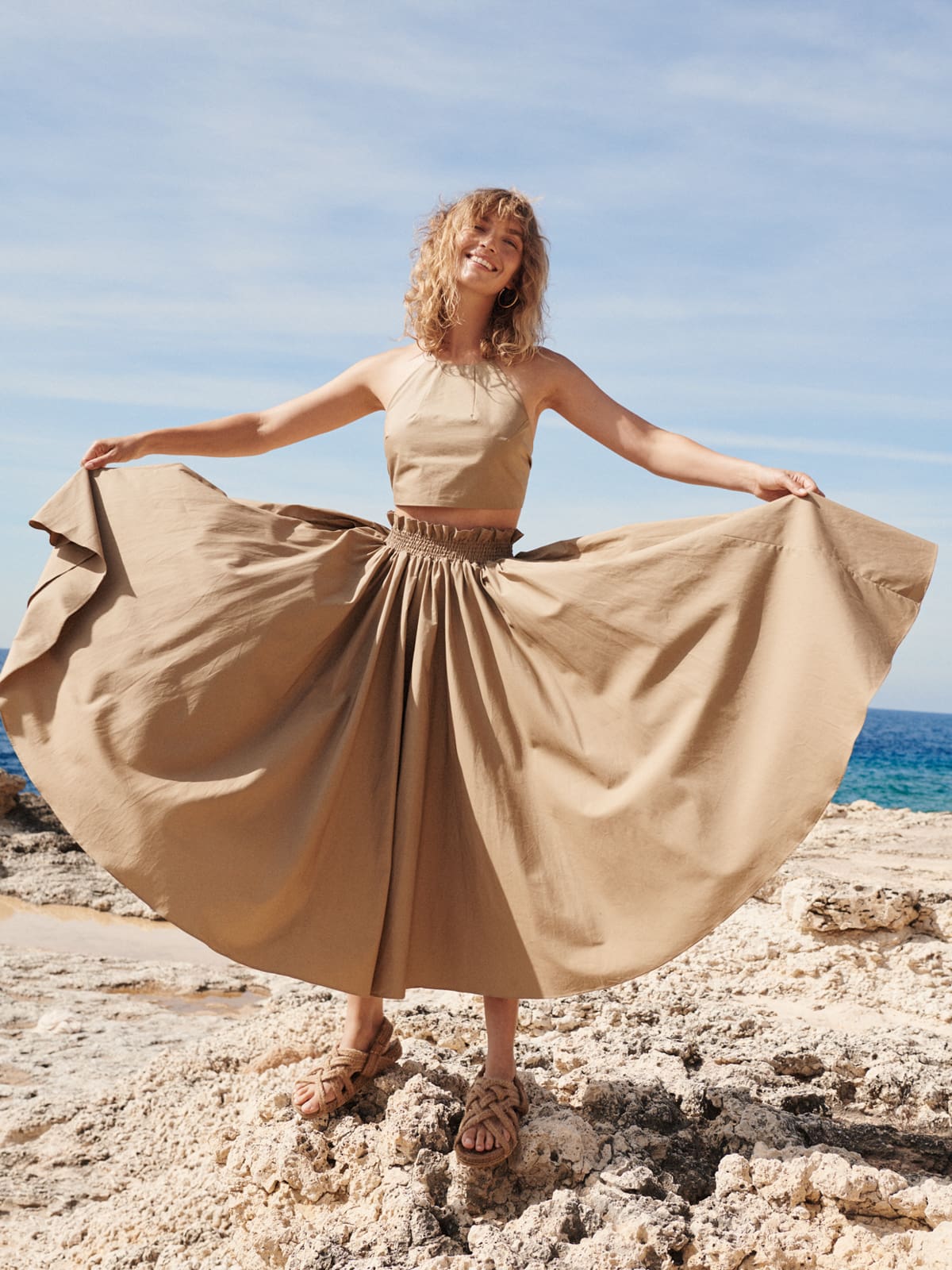
Arizona goes on telling me about the work DIRT is now doing with Demeter, the certifying body for biodynamic farming. DIRT is facilitating the creation of a whole new set of standards to certify that crops and manufacturing processes used in the fashion industry follow biodynamic practices and are regenerative. The ultimate goal is that when a garment is no longer in use, it can end up in a compost pile rather than a landfill, creating more healthy soil to nourish the Earth. A circular fashion system coinciding with the circle of life. Trading the glitz and glamour for soil and DIRT, Arizona is helping fashion finally clean up its act.
Donate to DIRT to support the regeneration of Earth through biodynamic farming.
